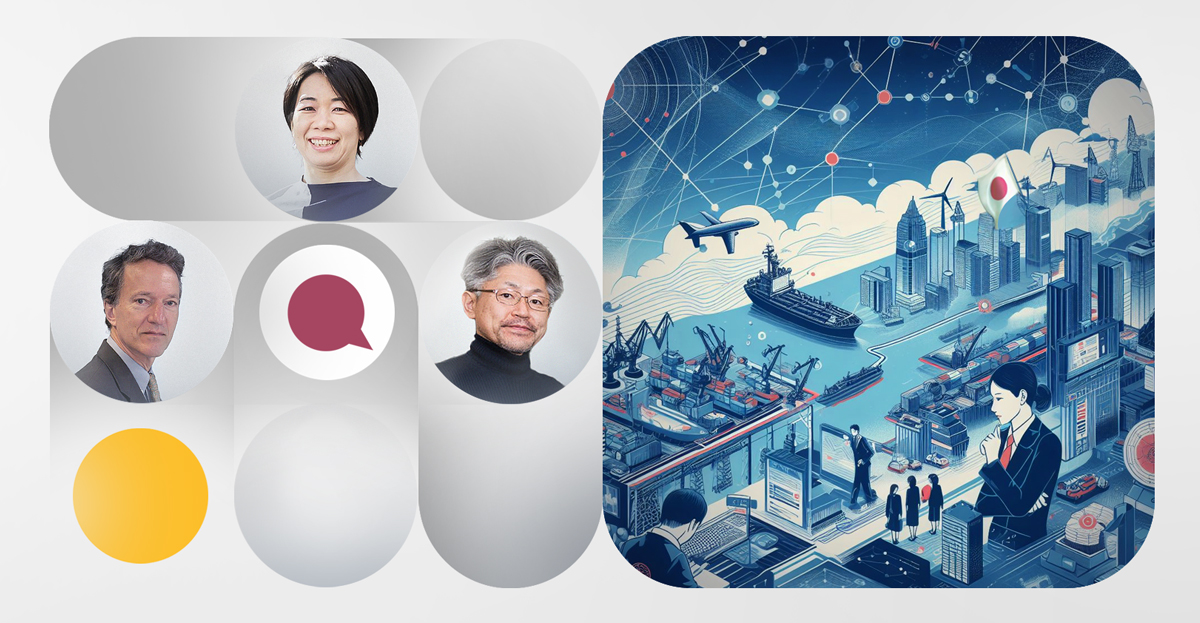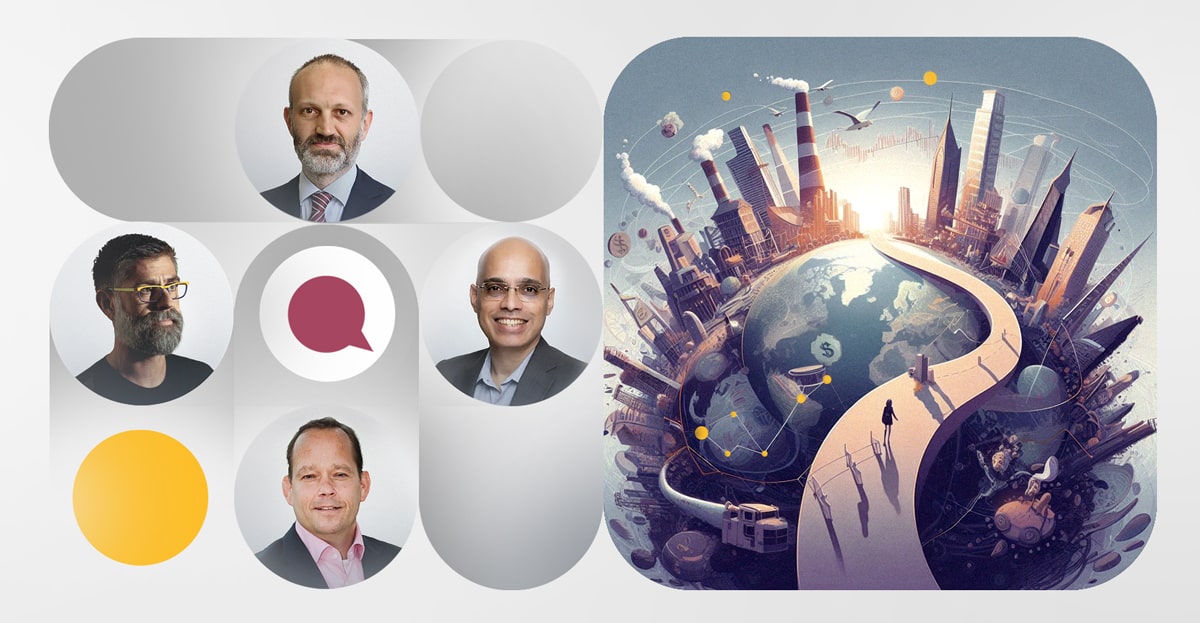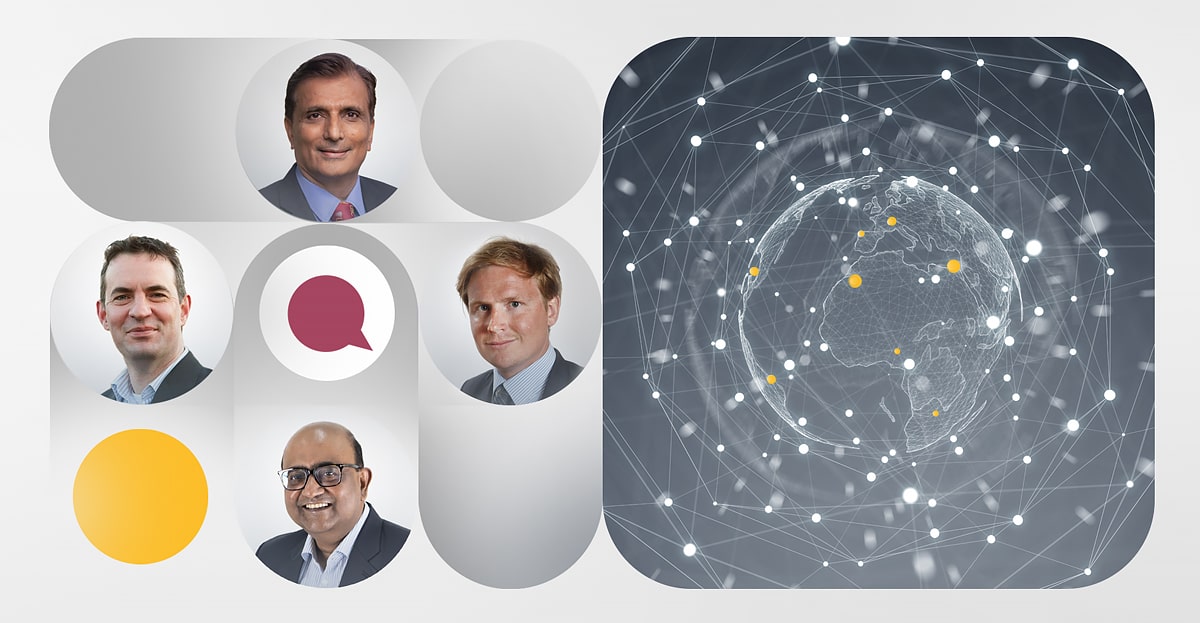The ultimate value chain series
What is the Ultimate Value Chain?
Against that backdrop, value chains are recalibrating. Profit and price are no longer the sole metrics defining a good value chain. Taking a product to the end consumer as cheaply and profitably as possible is becoming an outdated way of operating – people and planet must be part of the jigsaw. In that context then, what does the value chain of the future look like? When is a value chain good? And how do we get there?
What does the value chain of the future look like?
Towards a definition
The term value chain is a misnomer, especially in the way we have come to understand it. When you scrutinise the process, you find an infinitely complex ecosystem, the constituents of which interact and contribute at various nodes across the whole. It is less linear and more network.
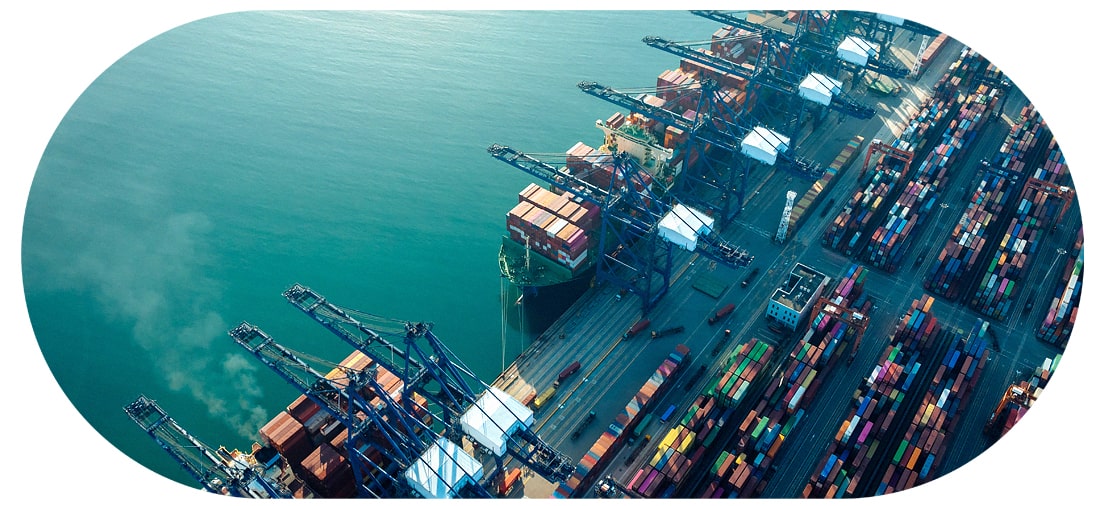
“For me the concept of a value network is quite useful because it shows that the processes are not necessarily just a chain of actors,” says Viktor Elliot. “It’s an ecosystem, so it might be that tier three supplies tier one, and tier one also supplies tier two who also supplies the ultimate buyer. In that way, we are talking more about a network than we are a chain.”
The distinction between chain and network or ecosystem is a crucial one because, as Viktor adds, “from this vantage point you can identify critical leverage points where you can make a difference – make it more efficient, more reliable and more resilient.” – It is these aspects that differentiate good and not so good value chains.
What is good?
So when we talk about good, what do we really mean? Good for what? Good for who?
“You can’t satisfy everyone”
“You can’t satisfy everyone,” says Kaushik Ghatak, “so in my opinion, good is good for the majority, and in this context good for the majority of stakeholders. That’s everyone from your investors and customers, to your employees and wider ecosystem.
“That’s a huge spectrum of stakeholders with different asks and objectives in mind.” So how does a company identify their North Star in terms of what makes a value chain good and balancing so many different objectives?
“We need to explore what the parameters of good are, understand who does good for whom, and then define what is good from there. If we look at from purely a profit motive, then it is all about money. My people, my partners, and my investors all need to make money. But, can we all make money in the long term if we continue to harm our environment irreparably? And that is where the parameter of sustainability has to come into the definition of good.”
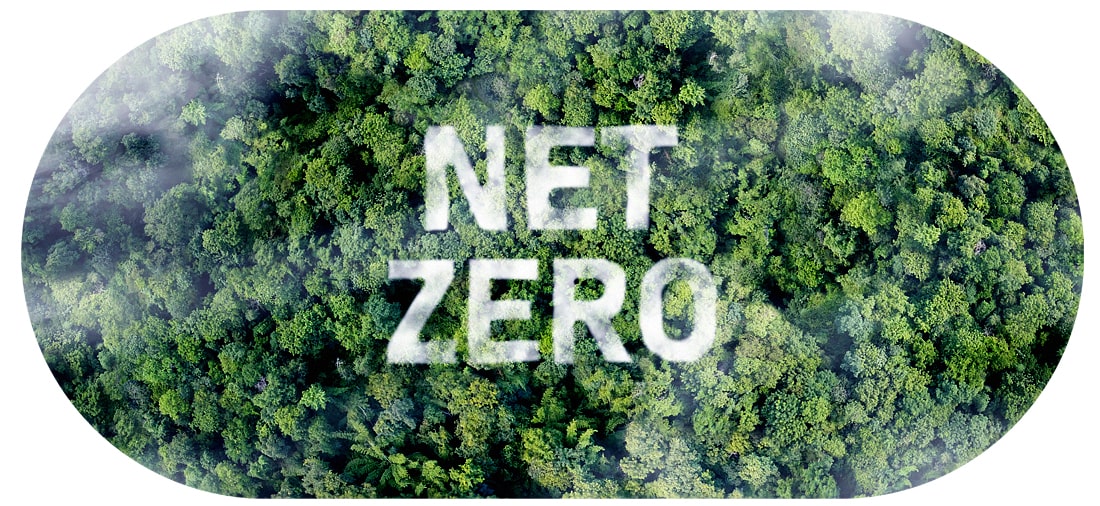
“Part of being good is being good to the planet and being good to your ecosystem. We’ve reached a tipping point because a lot of companies are now doing a substantial amount of work to make their operations sustainable because they see value in it. They’re trying to figure out business use cases that will help them to have a long-term impact.”
Good in action
Part of that long-term impact resides in promoting the common good for every actor across the value chain. By way of example, Walter Hetterschijt says that it’s becoming increasingly common for producers in the coffee value chain to receive a premium for their product if they produce it in a specific way that suits the buyer.
Typically this will relate to its environmental impact or its quality, and it will give the brand a story it can tell its consumers. But more importantly, it empowers the growers, allowing them to become more entrepreneurial; it gives them access to more money and decouples their reliance on Government subsidies.
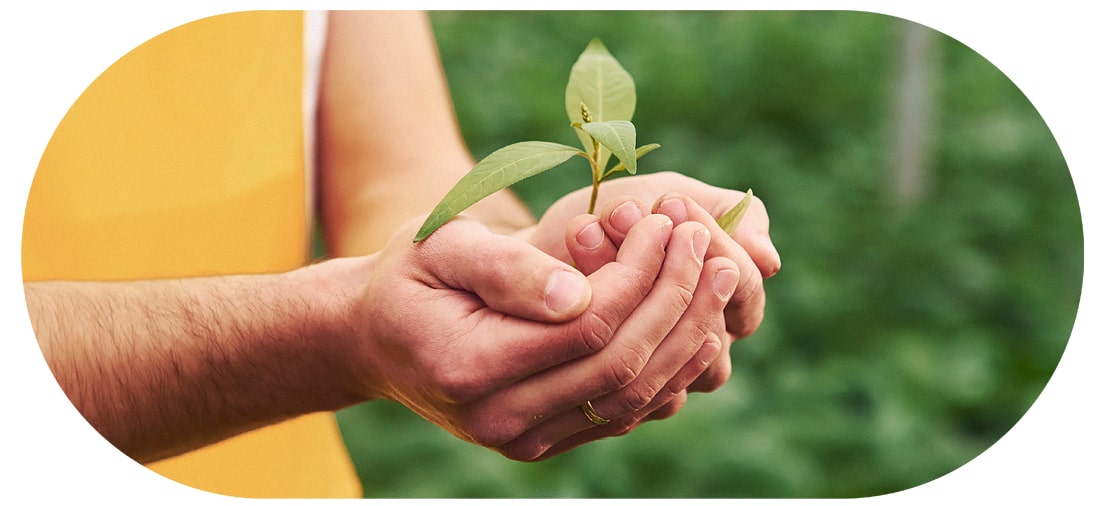
“These are entrepreneurial people,” Walter says. “They work hard and want to go the extra mile to make something really good and to grow and grow . And that’s the way growth is for smaller producers, they have to find or develop a market and build a higher income and better standards.”
It’s an example that neatly encapsulates the power of value chains and their ability to generate common good through environmental and economic sustainability. Everyone it seems is a winner.”It’s about sharing risk, investing and allowing all parties to be entrepreneurial”
“Creating different markets, new prices and more income is the result of good supply chains and good value chains,” says Walter. “It’s about sharing risk, investing and allowing all parties to be entrepreneurial. And that makes the world a better place.”
Towards a framework
So how do we reach good? “If I take the triple bottom line mindset – prioritizing people, planet and profit equally – then all of a sudden I design, source and plan things with a very different spirit,” says Nick Vyas.
“I’m willing to make trade-offs because I have three priorities within a framework.I’m not trying to leverage one more than the other, instead I’m trying to balance and stay within the sphere of conscious consumer spending.” Scratching further beneath the surface, we see that the intersection between physical, information and financial flows is axiomatic to any attempt to work toward a healthy triple bottom line.
There’s a dependency between the flows and a cross pollination of them that plays out across the entire value chain; as such you cannot have one without the others, and as with the triple bottom line, good value networks rely on a balance of all three.
“There are multiple playbooks” – Viktor Elliot
“The corporates I speak to have a good idea about their tier one and tier two from all the information they’re collecting. And if that information is aggregated in a different way, it’s a nice starting point for efficient analysis of the network.
“It’s not that you have to start from scratch in trying to analyze your ecosystem, but you can actually benefit from these tools by looking at the interconnectedness between different flows and actors and how dependent they are on each other. It helps to show where critical breaking points are.”

That intersection between financial and physical flows stems naturally from information, providing a starting point for improvement, a place in which to focus energy as we strive for the ultimate value chain. “If we can identify three or four suppliers that are extremely critical to our entire network, who we can work with to create resilience that is a good starting point for most corporates, especially when it comes to making your entire network more efficient.”
The notion of criticality
Your approach of course is determined by the market you’re in, the region you’re serving and the vertical you want to improve. In that context, its beneficial to ask what critical is and from what perspective.
As Kaushik Ghatak says, traditionally, supply chains have been regarded as service provider, so in that way criticality could be seen as risk from disruption or defaulting on payment terms. But then we know that supply and value networks are farther reaching and all encompassing; criticality then might also be from the reputational perspective, the social perspective or the environmental perspective.
Being able to deal with that comes back round to the earlier point of managing physical, financial and informational flows well.
“Managing flows efficiently over time is challenging,” Viktor Elliot
“You have to look at your network and identify the critical components – and it is up to every actor to define what critical means, because it can be critical across many dimensions.”
What is evident though is that a change in tack and thinking is in progress. The way we view value chains and their influence and impact on the world is changing for the better; what good looks like will vary from business to business and sector to sector, but there are commonalities as Nick Vyas explains.
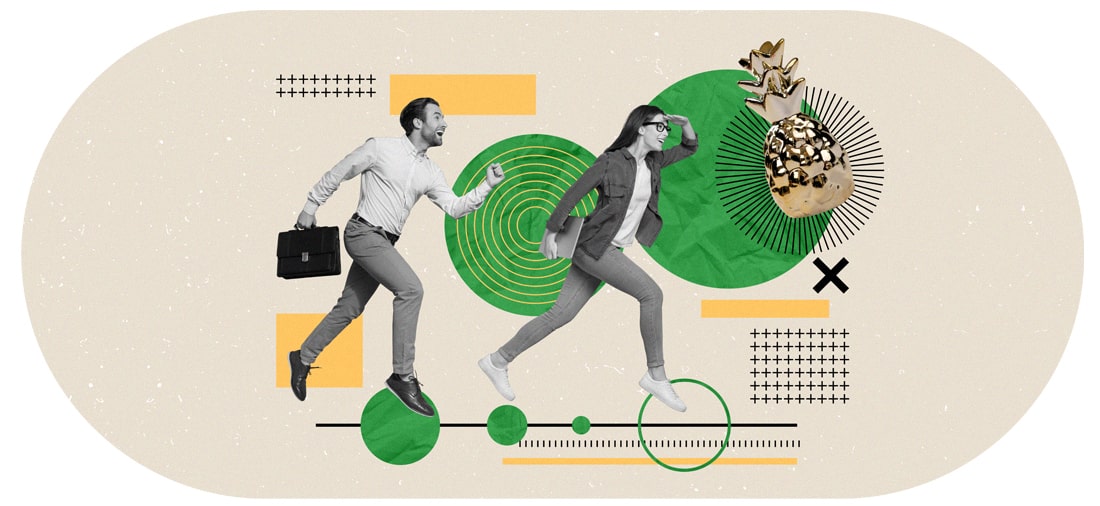
“It is a holistic approach – this mindset of looking at conscious consumption and thinking about the healthy ecosystem, in which you have multiple stakeholders and customers (not just the end consumers), in which you impact society and the environment that you’re working and living in.
“And you’re doing good things not because there’s a regulatory compliance that forces you to do something, but because you are a good citizen who takes all those elements into consideration.
“To me, the ultimate value chain is something very holistic.”
“When you look at it from that standpoint and you design your network, your delivery and your product there, you may come up with very different ways of running a business than you have in the last 20, 30, 40 years.
“So to me, the ultimate value chain is something very holistic, that goes way beyond the dollars and the cents.”
This article is part of the ultimate value chain series. Journalist Tom Holmes and Professor Michiel Steeman embark on a journey, interviewing academics, corporations, NGOs, and various industry experts to delve into the multifaceted dimensions of the ultimate value chain.
Our Experts
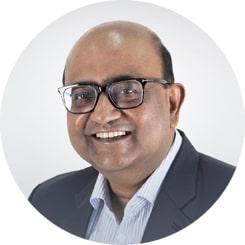
Dr. Kaushik Ghatak
Kaushik has more than 30 years of experience in Business and Digital Transformation engagements globally, in leadership roles in Asia-Pacific and the USA. Currently, based in Singapore, Kaushik runs his own boutique consulting practice as a Value Advisor for Digital Technologies, Supply Chain, and Sales Performance.
Learn more about Dr. Kaushik Ghatak
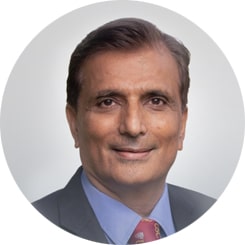
Dr. Nick Vyas
Dr. Nick Vyas is a prominent figure in supply chain management and a thought leader. He’s an educator, author, and keynote speaker. He serves as the Founding Executive Director of USC’s Global Supply Chain Institute and Academic Director for their Master’s program. Dr. Vyas has emphasized the vital role of global supply chains in international trade and economic growth, contributing articles to notable media outlets. He’s authored books like “Enterprise Excellence” and co-authored “Blockchain and the Supply Chain, 2nd Edition.” Dr. Vyas delivers keynote speeches worldwide, especially in transitioning economies.
Learn more about Dr. Nick Vyas
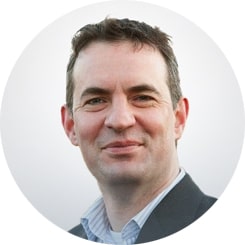
Walter Hetterschijt
Drawing from his extensive experience as a generalist in business operations within the realms of organization, finance, and information provision, he has cultivated the ability to operate with a focus on both people and results. He excels in diagnosing intricate problems and steering transformative changes. This individual is a manager driven by people and goals, possessing a remarkable level of energy and commitment. His professional identity is marked by coaching leadership and the effective management of collective responsibility. Most importantly, he believes that work should be enjoyable, as it leads to the greatest achievements.
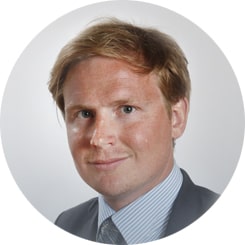
Dr. Viktor Elliot
Dr. Elliot finished his PhD on Performance Management Systems, Regulation and Change in Swedish Banks in 2015. Since than Dr. Elliot has won research funds for several projects related to Supply Chain Finance, sustainable finance, banking, consumer finance, regulatory arbitrage, and digitalization within which he is currently conducting research.
Learn more about Dr. Viktor Elliot
The authors
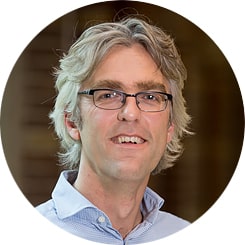
Michiel Steeman
As managing partner of Inchainge he develops and promotes business simulations on topics such as supply chain management, working capital, sustainability and circular economy. The mission is to develop value chain leaders through experiential learning. www.inchainge.com
Learn more about Michiel Steeman
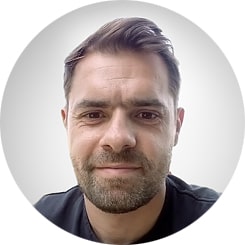
Tom Holmes
Tom is a freelance supply chain journalist with 15 years industry experience. He has worked for some of the biggest names in shipping including Maersk, DNV and ShipServ, and has written extensively on a broad range of supply chain topics for a variety of publications, including Supply Management and Supply Chain & Sustainability.

